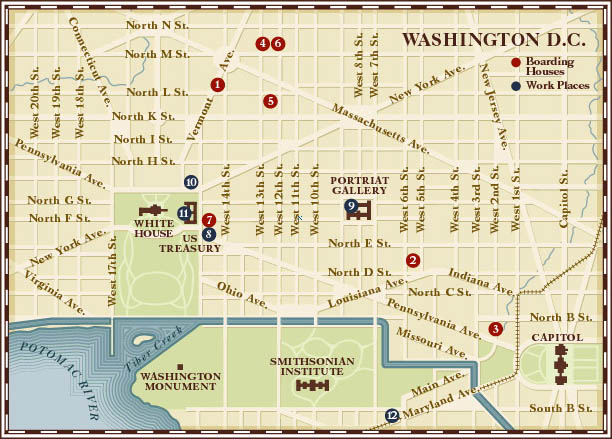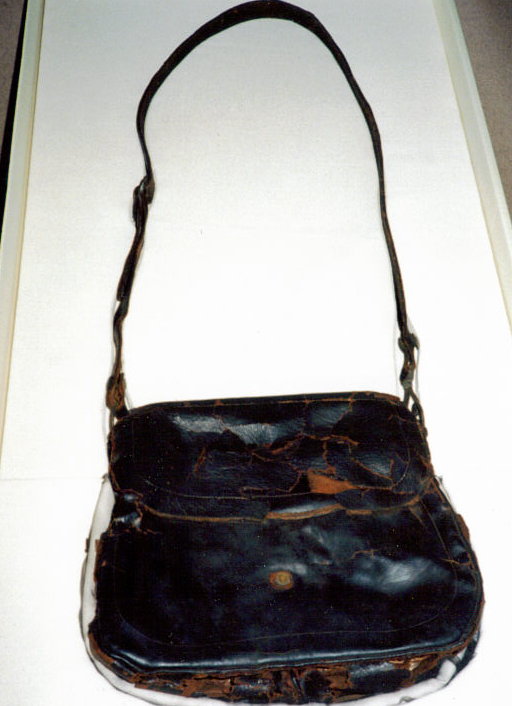Archive for the ‘ww20’ Category
Walking Tour
Last class was a very interesting one. Our class went on a mini scavenger hunt looking for the many places Whitman would have been throughout Brooklyn. We went on a walking tour in downtown Brooklyn. It was interesting to know the different areas Whitman would go to eat, work, explore nature etc.
During our walking tour our first stop was at the Camden Plaza. Whitman walked through this place daily to arrive at Prince Street where he worked on the first edition of Leave of Grass. This is the place Whitman was when he gathered his thought and creatively put them into a collection of poems that would inspire the people to look at the world in a whole different perspective.
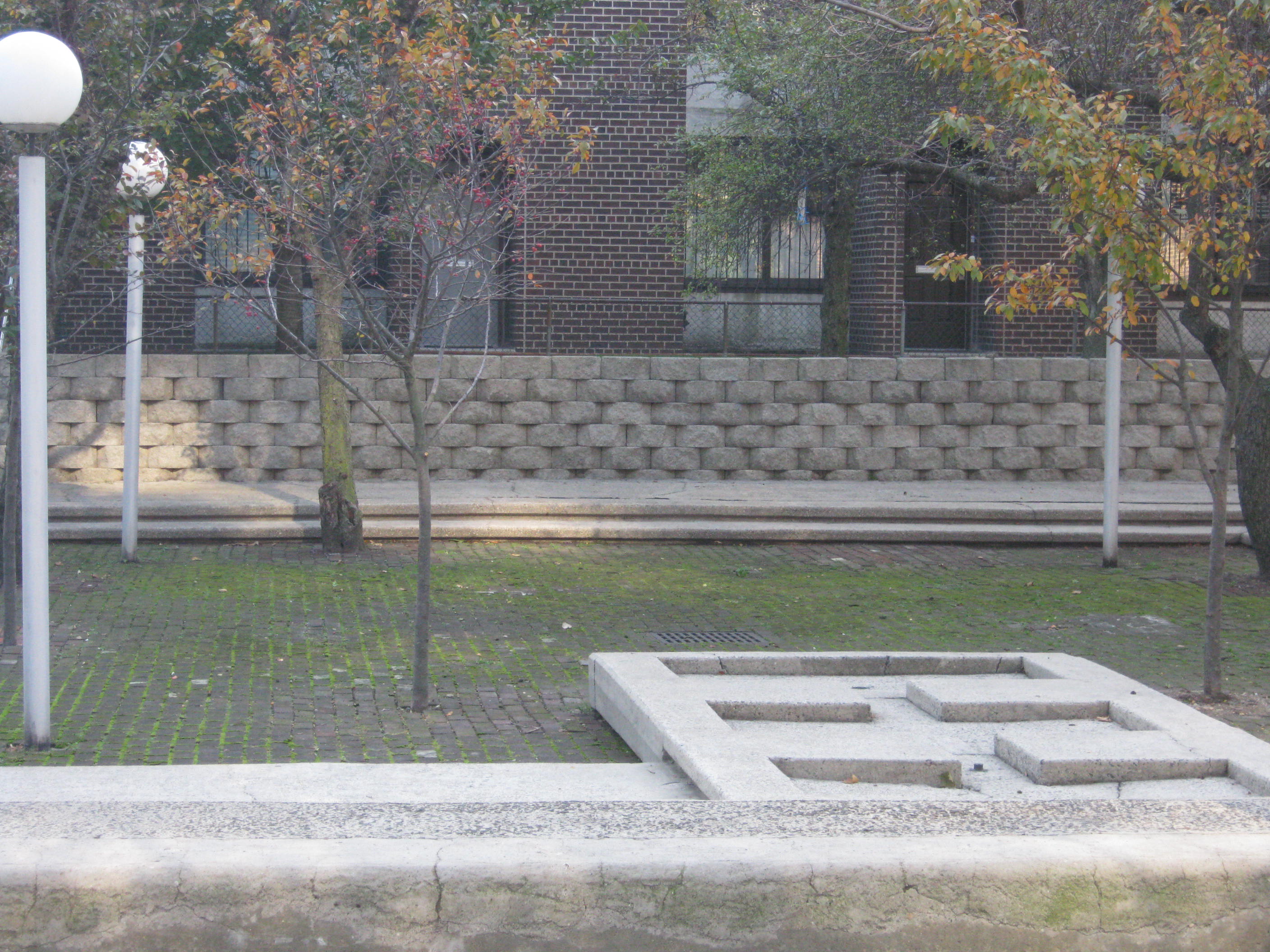
We arrived at our next location, Plymouth Church. As our tour guide, Jesse Merandy talked about how the Plymouth church was well known for assisting in the Abolition movement. During 1847, that church was the only one available and many people from all over the city went to hear Henry Ward Beecher preach, including Walt Whitman. Beecher often shed light on encouraging anti-slavery that would grasp the focus of the congregation. One of the ways the church helped with anti-slavery was to hold mock auctions to bid for slave’s freedom. Walt Whitman was inspired by Beecher’s preaching and his style of writing. I think that is why Whitman had such a powerful impact in his writing as he directly spoke to his audience.
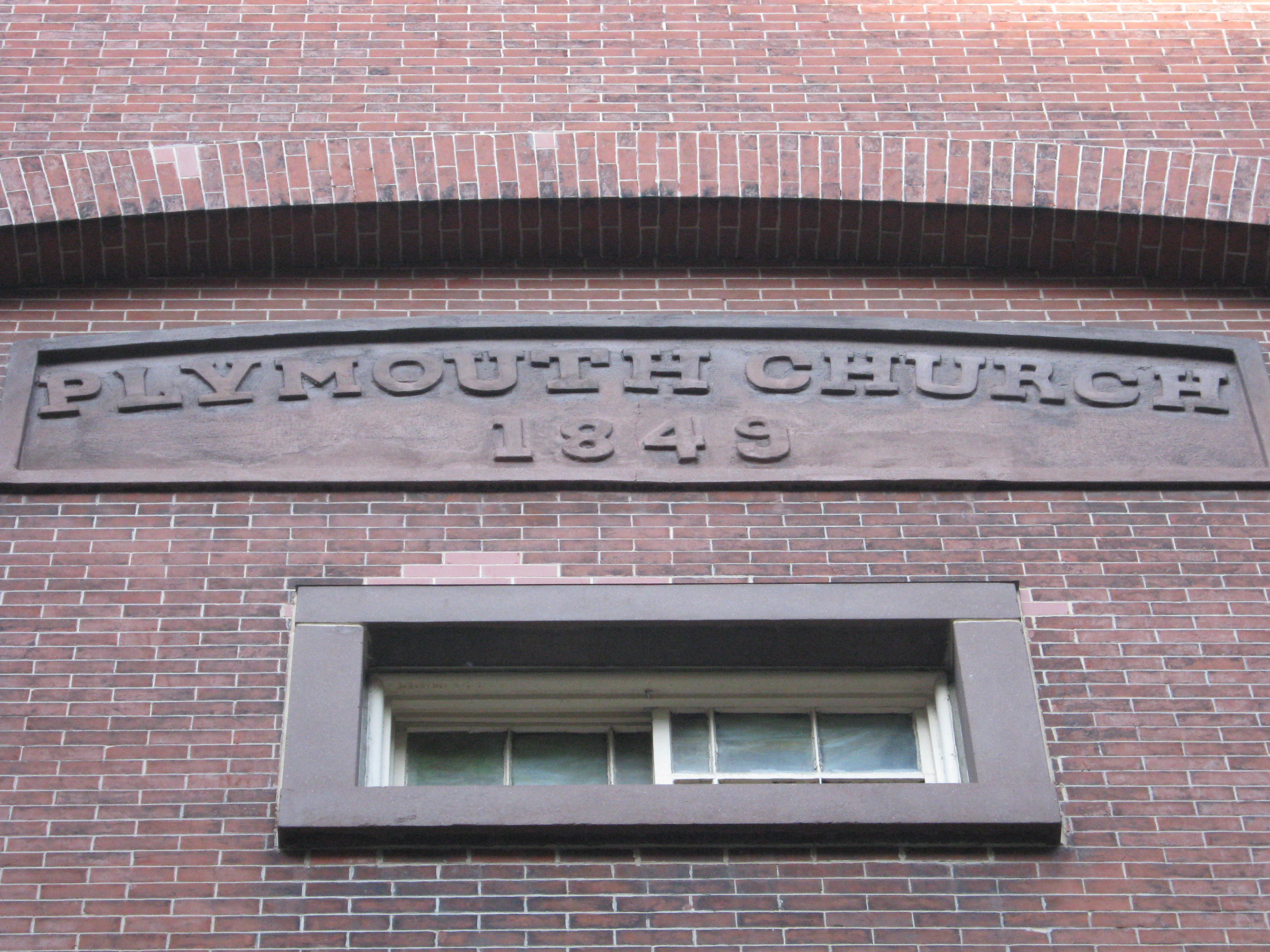
I really enjoyed visiting the Plymouth Church and how polite the speaker was that was enlightening us on the history of the Church. There were many famous people during the earlier years that went the church including George Washington, Harriet Beecher Stowe and many others. The church amazingly is still standing and is in good shape. This was the first time in a long time that I heard an interesting story about a popular historical place. I liked hearing about the Plymouth Church because before this trip I never knew how popular or important this church was too many people, but after our discussion, there I finally understood.
My tour experience was worth the time because I learned something new while doing it for school. I never thought I would say nor do that. One of the memorable places that we went to was the Brooklyn Ferry Terminal. Although it was blocked off the day we went as a class I went there the day before and noticed that there were writings on the rails of the terminal. It seemed to be something that Whitman would write, but I wasn’t too sure. It turns out that those writings were actually Walt Whitman’s on the Fulton Ferry landing. I didn’t find this out until my class went on this tour.
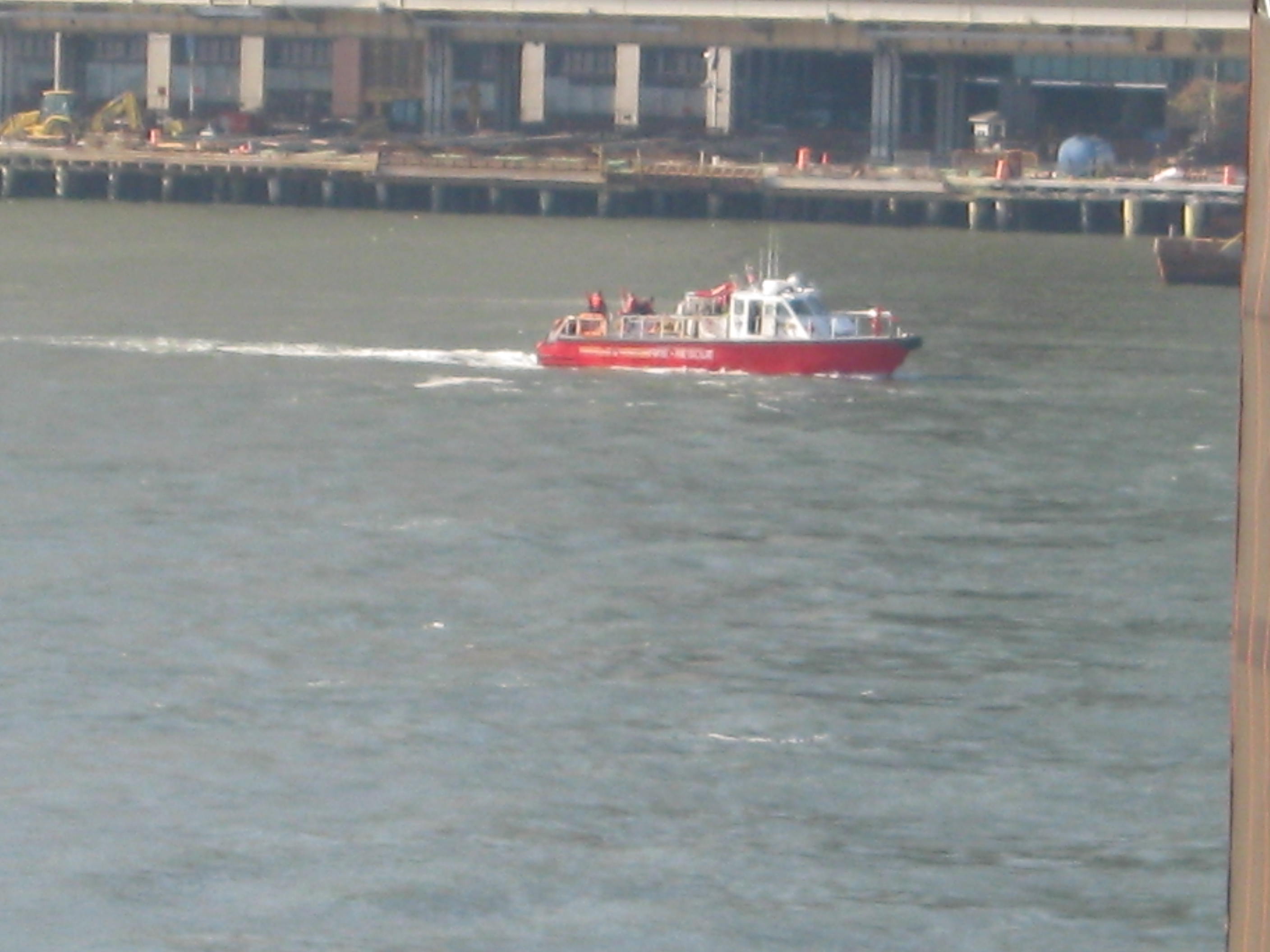
This tour taught me a lot about the appreciation of art, to not take things for granted that are around you and appreciate the things which are in front of you, and to not be afraid to explore the past because it can reveal a lot about yourself and your surroundings.
A Pumpkin for Whitman
This week we made our way across Camden to Harleigh Cemetery, the site of Whitman’s mausoleum. As we drove through Camden (and got a little mixed up along the way), we were surrounded by what we have come to know as being very typical of this city. Let’s just say it’s far from the bustling Brooklyn-esque environment Whitman once called home.
Turning into Harleigh, however, is like turning into a completely different place and time. The cemetery is spacious and clean, natural and seemingly untainted by the city that surrounds it. Made all the more beautiful by the falling leaves and perfect autumn temperatures, the view from Whitman’s resting place is nothing but ideal.
I had seen pictures of the tomb in books before arriving there on Wednesday, so the appearance of Whitman’s grand design was not surprising. Against the background of gray stone and dead brown leaves, though, was a quaint little pumpkin, resting comfortably against the memorial that features Whitman’s image.

The pumpkin, not the monument, was actually the first thing that I noticed as we approached. It probably stood out simply because of its color, but the pumpkin, I think, speaks volumes about Whitman’s effect on the average American today. Although he rests here in the heart of a city that, many would argue, is far from his image of a unified America, someone decided Whitman might like a little pumpkin for the fall. It’s not large and gaudy, just a little color and charm.
The little pumpkin is an acknowledgement of Whitman’s relevance today in Camden and in America. It, as well as the flowers left at the gate, are symbols of our attempts to give back to the old bard who gave America so much. Some of us give by dedicating hours to scholarly work or academic blogs; others buy pumpkins. Even in death, Whitman’s goal of appealing to the American masses seems not only fulfilled, but ongoing.
A Pumpkin for Whitman
This week we made our way across Camden to Harleigh Cemetery, the site of Whitman’s mausoleum. As we drove through Camden (and got a little mixed up along the way), we were surrounded by what we have come to know as being very typical of this city. Let’s just say it’s far from the bustling Brooklyn-esque environment Whitman once called home.
Turning into Harleigh, however, is like turning into a completely different place and time. The cemetery is spacious and clean, natural and seemingly untainted by the city that surrounds it. Made all the more beautiful by the falling leaves and perfect autumn temperatures, the view from Whitman’s resting place is nothing but ideal.
I had seen pictures of the tomb in books before arriving there on Wednesday, so the appearance of Whitman’s grand design was not surprising. Against the background of gray stone and dead brown leaves, though, was a quaint little pumpkin, resting comfortably against the memorial that features Whitman’s image.

The pumpkin, not the monument, was actually the first thing that I noticed as we approached. It probably stood out simply because of its color, but the pumpkin, I think, speaks volumes about Whitman’s effect on the average American today. Although he rests here in the heart of a city that, many would argue, is far from his image of a unified America, someone decided Whitman might like a little pumpkin for the fall. It’s not large and gaudy, just a little color and charm.
The little pumpkin is an acknowledgement of Whitman’s relevance today in Camden and in America. It, as well as the flowers left at the gate, are symbols of our attempts to give back to the old bard who gave America so much. Some of us give by dedicating hours to scholarly work or academic blogs; others buy pumpkins. Even in death, Whitman’s goal of appealing to the American masses seems not only fulfilled, but ongoing.
Whitman’s Grave
Whitman’s Grave
In Advance of Our DC Trip . . .
Kim Roberts, who’ll be our guide on Saturday (http://www.kimroberts.org, http://www.beltwaypoetry.com) has sent these for us: a map of our tour and an image of the haversack Whitman took on his rounds to the hospitals.
In Advance of Our DC Trip . . .
Kim Roberts, who’ll be our guide on Saturday (http://www.kimroberts.org, http://www.beltwaypoetry.com) has sent these for us: a map of our tour and an image of the haversack Whitman took on his rounds to the hospitals.
In Advance of Our DC Trip . . .
Kim Roberts, who’ll be our guide on Saturday (http://www.kimroberts.org, http://www.beltwaypoetry.com) has sent these for us: a map of our tour and an image of the haversack Whitman took on his rounds to the hospitals.
More Videos from 10/3 Field Trip
data="http://www.youtube.com/v/mpy_R5dD5a0"
width="425"
height="350">
data="http://www.youtube.com/v/u4IIDRtj9Ps"
width="425"
height="350">
data="http://www.youtube.com/v/AUDoIZOCdNI"
width="425"
height="350">
data="http://www.youtube.com/v/o6M4aDEmiPk"
width="425"
height="350">
data="http://www.youtube.com/v/hTqG_rTC3_Q"
width="425"
height="350">
data="http://www.youtube.com/v/19TLH39nQvo"
width="425"
height="350">
data="http://www.youtube.com/v/Hyzp6YIN7KU"
width="425"
height="350">
data="http://www.youtube.com/v/PjqUeFaTzjs"
width="425"
height="350">






